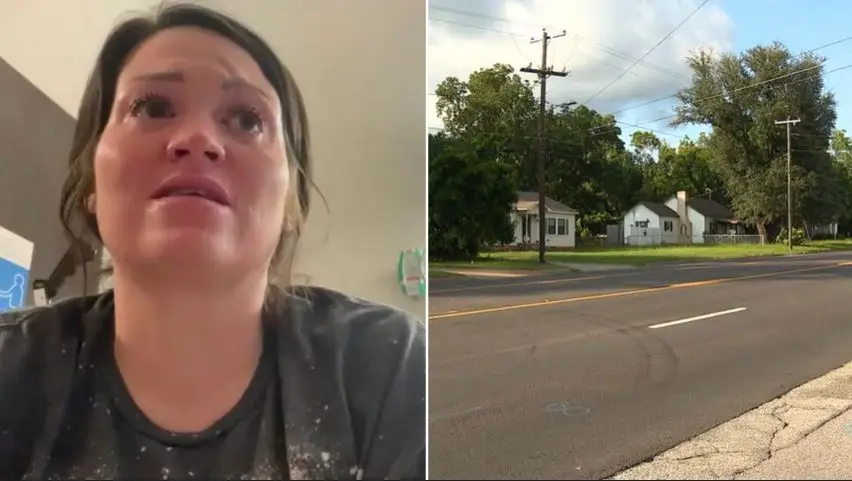Millions of people across the Western United States were broiling under record-breaking heat on Saturday, with little relief in sight over the coming days, according to forecasters.
From Oregon to California to the deserts of Arizona, several cities have seen stifling temperatures in recent days. Jacob Asherman, a forecaster for the National Weather Service’s Weather Prediction Center, said the blistering temperatures were being fueled by a ridge of high-pressure air that had parked over much of the West, preventing hot air near the surface from rising higher in the atmosphere.
While many of these cities — like Las Vegas, where temperatures were forecast to reach 117 degrees over the weekend — expect triple-digit temperatures every summer, some residents in other regions were caught off guard by what is predicted to be a long stretch of sizzling days.
In Portland, Ore., temperatures were forecast to hover around 100 degrees for five straight days starting Friday, conditions that once would have been considered unusual for a region where summers were so mild that people rarely needed air-conditioners. The sweltering temperatures prompted Gov. Tina Kotek to declare a statewide heat emergency, warning that the extreme heat represented a “new normal” of a changing climate.
“Both the record-breaking temperatures and the duration of heat present a clear and present danger, particularly for children, elders, people with disabilities and people who work outside,” Ms. Kotek said in a statement.
The Pacific Northwest in recent years has been raked by deadly heat waves that have killed hundreds. In summer 2021, temperatures soared to 30 degrees above normal, and there were about 600 more deaths in Washington and Oregon than typical.
This weekend, Portland city workers opened cooling centers that let people seek respite in air-conditioned buildings, and they set up outdoor misting stations at parks. Some parts of southern Oregon were expected to get even hotter, with temperatures in Medford forecast to hit 110 degrees on Saturday.
Across the West, even cities accustomed to sweating through triple-digit temperatures were struggling under the heat this week. The desert oasis of Palm Springs, Calif., recorded a record high temperature of 124 degrees on Friday. Phoenix also broke a daily record on Friday, when it was 118 under cloudless skies, and forecasters said there was little chance of any monsoon storms that would bring relief to the city in the summer months.
In Northern California, the city of Redding saw temperatures soar to 117 degrees, leading officials in its county to extend the hours for cooling centers at libraries and community centers. Forecasters predicted that Redding could hit 120 degrees on Saturday.
“I didn’t think Redding got that hot,” Mr. Asherman said. “It’s a scorcher.”
Officials across Western states warned that the extreme heat and winds could spawn new wildfires in the days ahead.
Blistering temperatures in and near Yosemite National Park — reaching 103 degrees in Yosemite Valley on Saturday — were adding to the challenges as firefighters worked to contain a 908-acre wildfire that started near Mariposa, Calif., on Thursday. The fire, named the French Fire, was about 25 percent contained by Saturday afternoon, according to the California Department of Forestry and Fire Protection.
Some parts of the eastern half of the country were also baking, a few weeks after a drawn-out heat wave caught many by surprise. For millions from Texas to New Jersey, a blanket of heat and humidity was creating dangerous conditions. In Raleigh, N.C., temperatures soared to 106 degrees on Friday, breaking a record there.
Mr. Asherman said the triple-digit temperatures would continue to bake well into next week, and gradually spread the misery toward the Plains states.
“I hate to be the bearer of bad news,” he said. “The pattern is so stagnant.”






